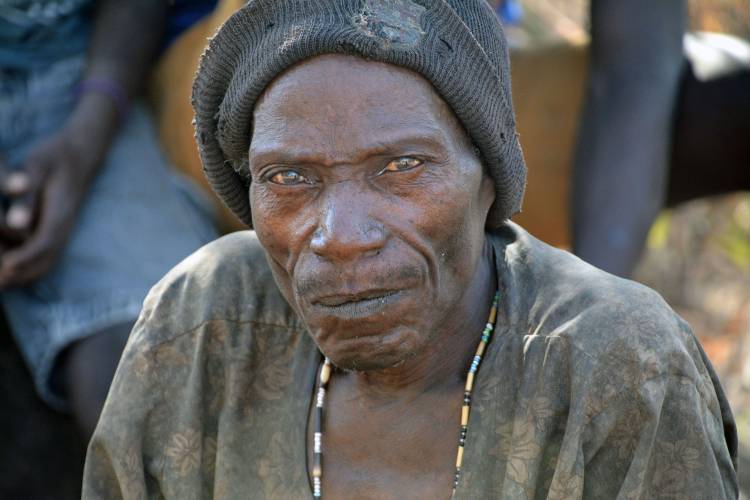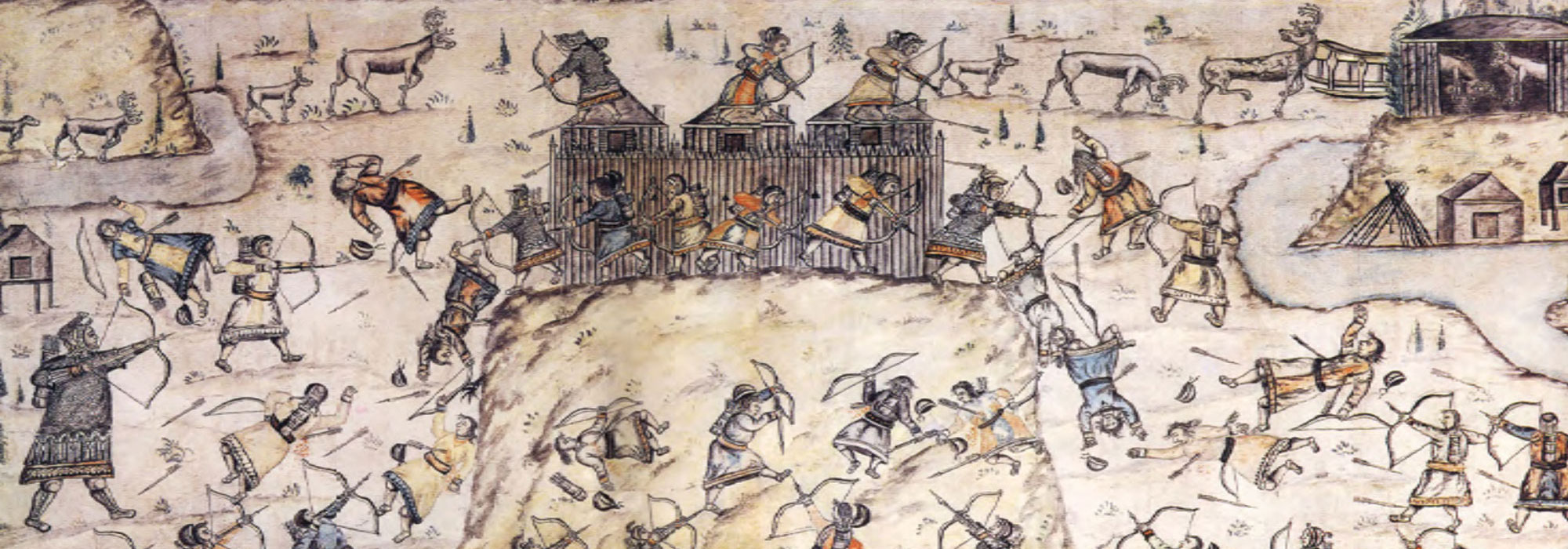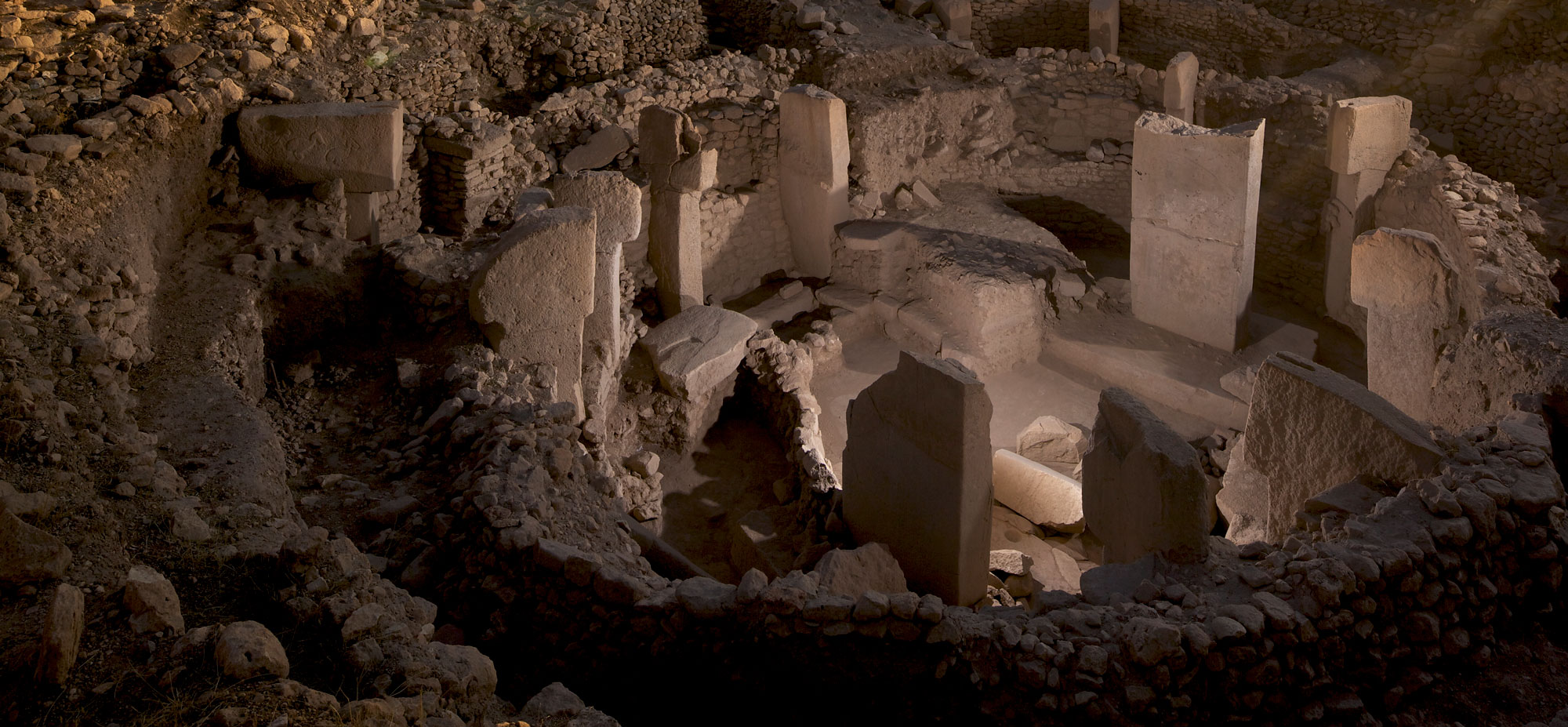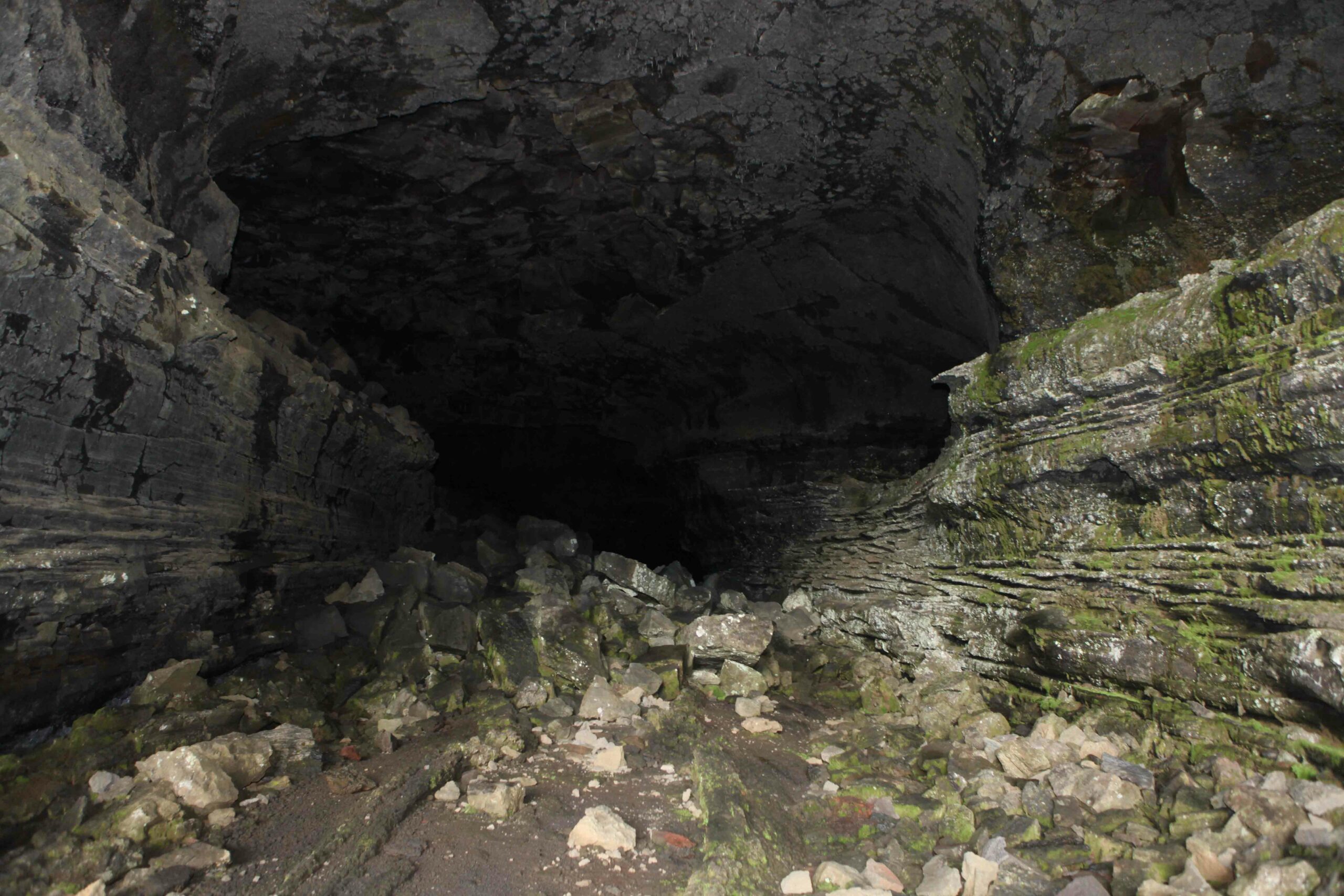
DURHAM, NORTH CAROLINA—A study of modern hunter-gatherers suggests that sleeping habits may have evolved to help humans avoid nighttime threats such as predators, natural disasters, and enemy attack, according to a report in Seeker. Healthy men and women of the Hadza of Tanzania agreed to wear small devices that recorded their nighttime movements. Out of the 220 hours of the study, everyone was asleep at the same time for a total of only 18 minutes. Sleep expert Dave Samson of Duke University explained someone was always awake during the night, whether it was a mother with a newborn, or an elder who got up to relieve himself or herself. He added that younger people like to stay up late, while older people tend to get up early. Occasional social rituals also disrupted sleep. “The idea behind the ‘poorly sleeping grandparent hypothesis’ is that, for much of human history, living and sleeping in mixed-age groups of people with different sleep habits helped our ancestors keep a watchful eye and make it through the night,” he said. Samson also notes the Hadza take frequent daytime naps. To read about the earliest evidence for warfare between hunter-gatherer groups, go to "10,000 Turf War."










